CANTERBURY SCENE
A Progressive Rock Sub-genre
From Progarchives.com, the ultimate progressive rock music website
Canterbury Scene definition
With many other types of English progressive music developing mostly in London, it may at first seem strange that the old pilgrimage centre and relatively quiet cathedral city of Canterbury, became the centre of this very English form of progressive music and jazz fusion. Originally the Wilde Flowers, a teenage band of members living in and around Canterbury, playing a mix of pop, R'n'B and band members with a developing love of jazz, was formed in the 60's and became the seedling from which the Canterbury Scene grew. Australian beatnik Daevid Allen during a long stop-over at Robert Wyatt's parent's home, a refuge for many left field artists, was to catalyse the evolution of the Wilde Flowers into the fledging Soft Machine and the development of some avant music during the English psychedelic and underground period. From 1963 to 1969, the Wilde Flowers included most of the figures who later formed Canterbury's two best known bands, (The) Soft Machine (Robert Wyatt, Kevin Ayers, Hugh Hopper) and Caravan (Pye Hastings, David Sinclair, Richard Sinclair, Richard Coughlan).Canterbury was then to be the cradle for several of the more freewheeling British bands of the post-psychedelic era. While fans would suggest this is the home of an English musical quirkiness tempered with quite a bit of whimsy, within the Canterbury Scene's musical spectrum any similarities between Canterbury's major bands, (e.g. Soft Machine, Caravan, Gong, Robert Wyatt, Kevin Ayers, Hatfield & the North, Egg, National Health), are not immediately obvious*. Most bands will be found employing a clever fusion of rock rhythms and jazz improvisation with intellectual song-writing and varying strengths of psychedelia - some would too include folk elements (e.g. Spirogyra), others blues (e.g. Carol Grimes and Delivery). In addition, a number of bands employed various elements from classical music, for instance those bands with Dave Stewart playing keyboards. Whilst there have been a handful of excellent and distinctly different guitarists to play with Canterbury bands (e.g. Andy Summers, Allan Holdsworth, John Etheridge, Steve Hillage, Phil Miller), the lead instrument of choice has been keyboards. One English peculiarity of Canterbury is what the late John Peel called the 'School of Anti-song' because of particular Wyatt, Ayers and Richard Sinclair's approaches to vocals and perhaps the whimsy. More recently Richard Sinclair's vocal style has perhaps accurately been labelled as 'English jazz singing' by Jazzwise (i.e. singing jazz with an English rather than the usual American accent). In addition Canterbury musicians have experimented as avant garde, free jazz players, e.g. instance Elton Dean, Lol Coxhill, Steve Miller.
(*However, once you've heard some Canterbury bands the commonality becomes more obvious - chord sequencing e.g. Caveman Hughscore's electric piano opening on the tune 'More Than Nothing', the vocals, the lyrics etc.)
Both the Soft Machine and Caravan were popular in England's psychedelic/ underground scene before releasing their first albums in 1968, with Machine completing on level footing with Pink Floyd. However, by the early 70's a series of fragmenting changes of bands' line-ups, (Soft Machine went through about 30) and the subsequent formation of new bands, rapidly broadened Canterbury's range, with many newer musicians with only loose and in fact, no previous Canterbury connections. Early Soft Machine member Daevid Allen formed Gong in Paris. Both Kevin Ayers and Robert Wyatt left the Softs because of musical developments they did not like, to begin their own solo careers. By the mid-70's, most the old and new Canterbury bands had progressed away from psychedelia, developing their distinct forms of progressive rock some embracing jazz fusion, many playing extended jams with now limited lyrical input (e.g. Hatfield and The Norths, National Health, Gilgamesh). Caravan became more folky. However, as the 70's progressed several Canterbury bands would lose most of the rock element from their music. Gong retained their psychedelic side longest, but with the departure of Daevid Allen and Steve Hillage in the mid 70's, the band evolved into the percussion-oriented, jazz rock group Gong, which eventually became the modern day Gongzilla. Daevid Allen regained Gong's name in the 90's and through his solo work and with his University of Errors, is still evidently producing psychedelia. Steve Hillage's form of psychedelia evolved into the glissando rock of his own band and then into electronica, by the end of the 70's. In particular, Hillage through his work as a successful record producer of new bands from the 80's, develop his form of electronica through other bands. This music lost much of its complexity e.g. few riffs played over and over, rather than dozens per tune that previously had often typified prog, into a very popular form that is the antithesis of prog, i.e. the various forms of house music, with associated remixing/turntablism. For instance, Gong's "You" got the remix treatment in the 90's - but then to reflect his range of activities, Hillage has also produced and played guitar for Algerian Rai singer, Rachid Taha for over 20 years.
Many of Britain's better known avant-garde and fusion musicians of the 70's and 80's - including Fred Frith (Henry Cow), Allan Holdsworth (Gong, Soft Machine, UK, Bruford) and Peter Blegvad - were involved during their early careers playing in Canterbury bands. And still new musicians join the Canterbury Scene's ranks, Theo Travis being perhaps the most notable recently (Gong, The Soft Machine Legacy). The Canterbury scene was to have a major influence on musicians in Europe, especially France (e.g. Gong, Moving Gelatine Plates), the Netherlands (Super Sister)and Italy (Daedalus), and more belatedly in the USA (Hughscore). Caravan reformed in the mid 90's, while ex-members of Soft Machine could be found in various avant jazz and straight jazz fusion groups, e.g. Just Us, Soft Heap, Soft Works and most recently The Soft Machine Legacy. From the Canterbury Scene, RIO it its various forms has developed.
FOOTNOTE: As indicated above, many Canterbury Scene bands are acknowledged as having played/are playing jazz rock fusion. However, because of their strong Canterbury affliations are listed under "Canterbury Scene" in Prog Archives.
Dick Heath
Based loosely in part on the source: http://www.allmusic.com
(Edition 3, Aug 2009)
Current team members as at 9/12/2022:
Scott (Evolver)
Drew (BrufordFreak)
Mike (siLLy puPPy)
Mira (Mirakaze)
Canterbury Scene Top Albums
Showing only studios | Based on members ratings & PA algorithm* | Show Top 100 Canterbury Scene
 | More Top Prog lists and filters
| More Top Prog lists and filters
Canterbury Scene overlooked and obscure gems albums 
Random 4 (reload page for new list) | As selected by the Canterbury Scene experts team
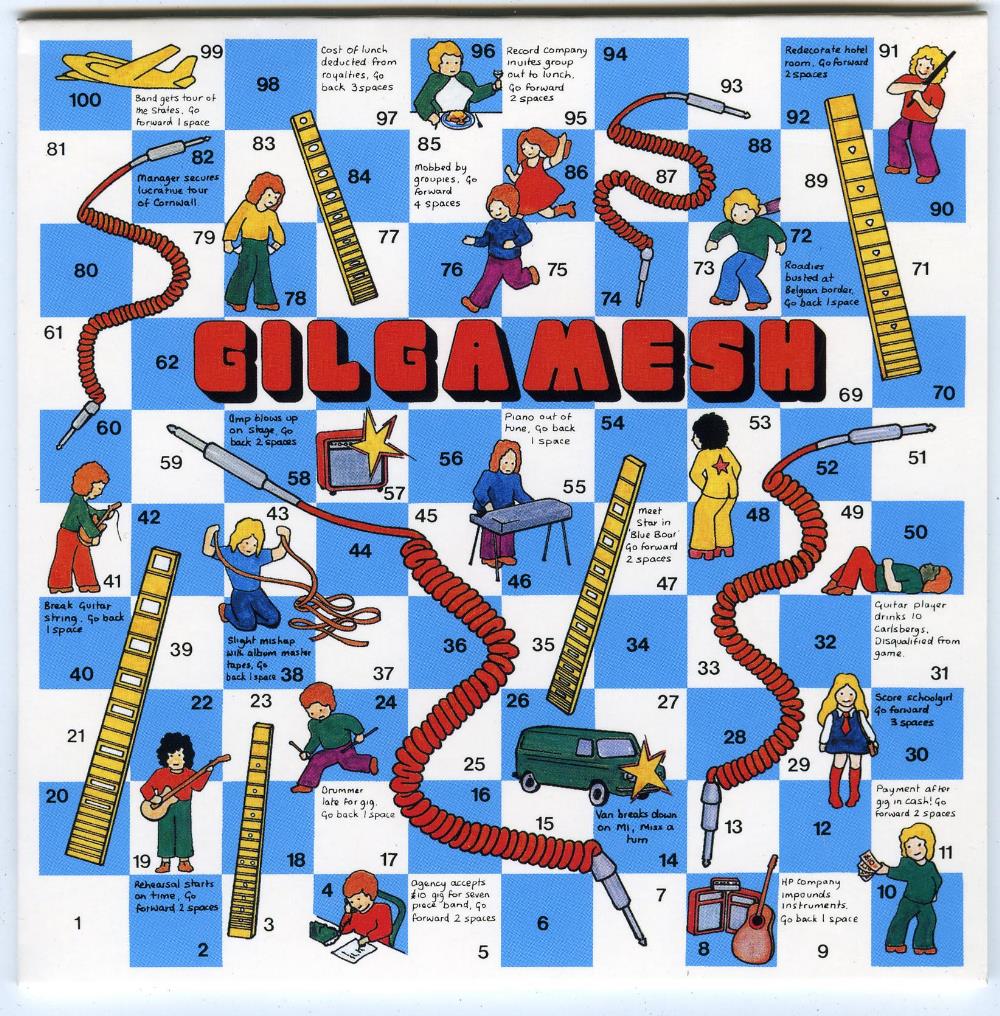 GILGAMESH
GILGAMESHGilgamesh |
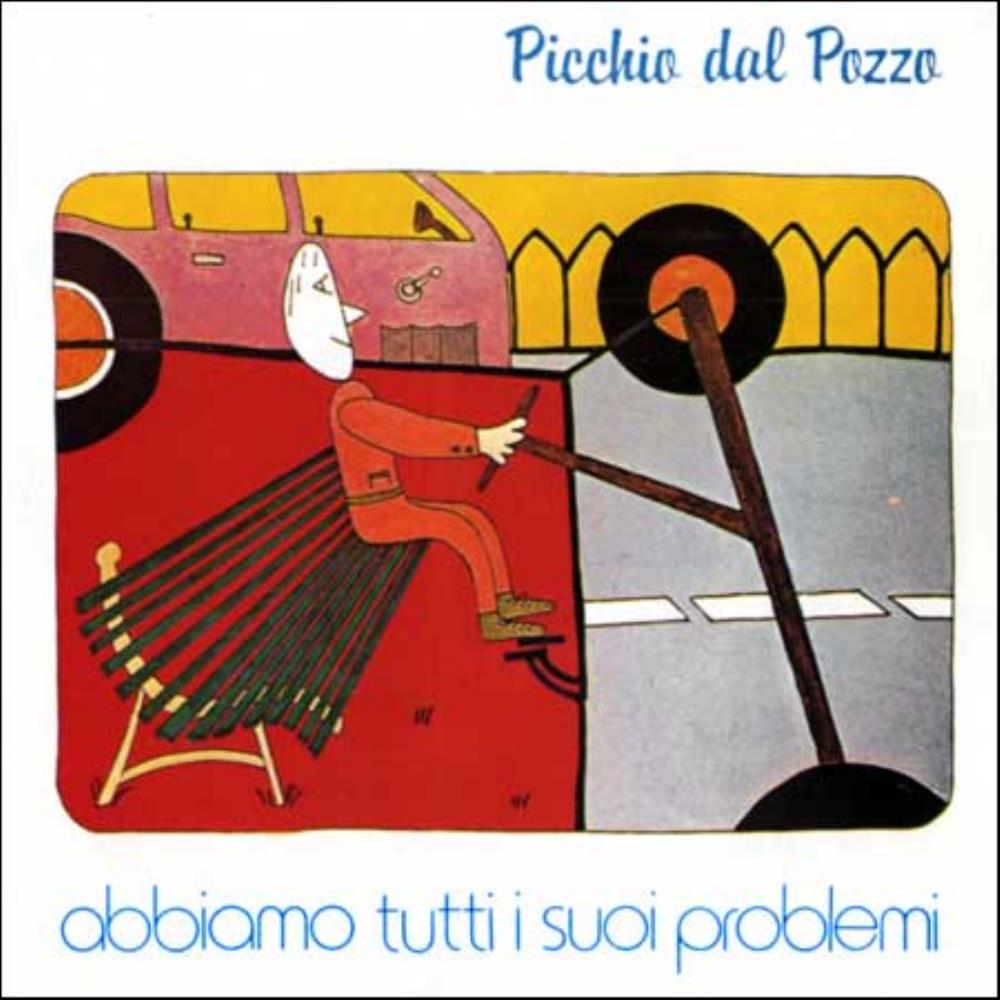 ABBIAMO TUTTI I SUOI PROBLEMI
ABBIAMO TUTTI I SUOI PROBLEMIPicchio Dal Pozzo |
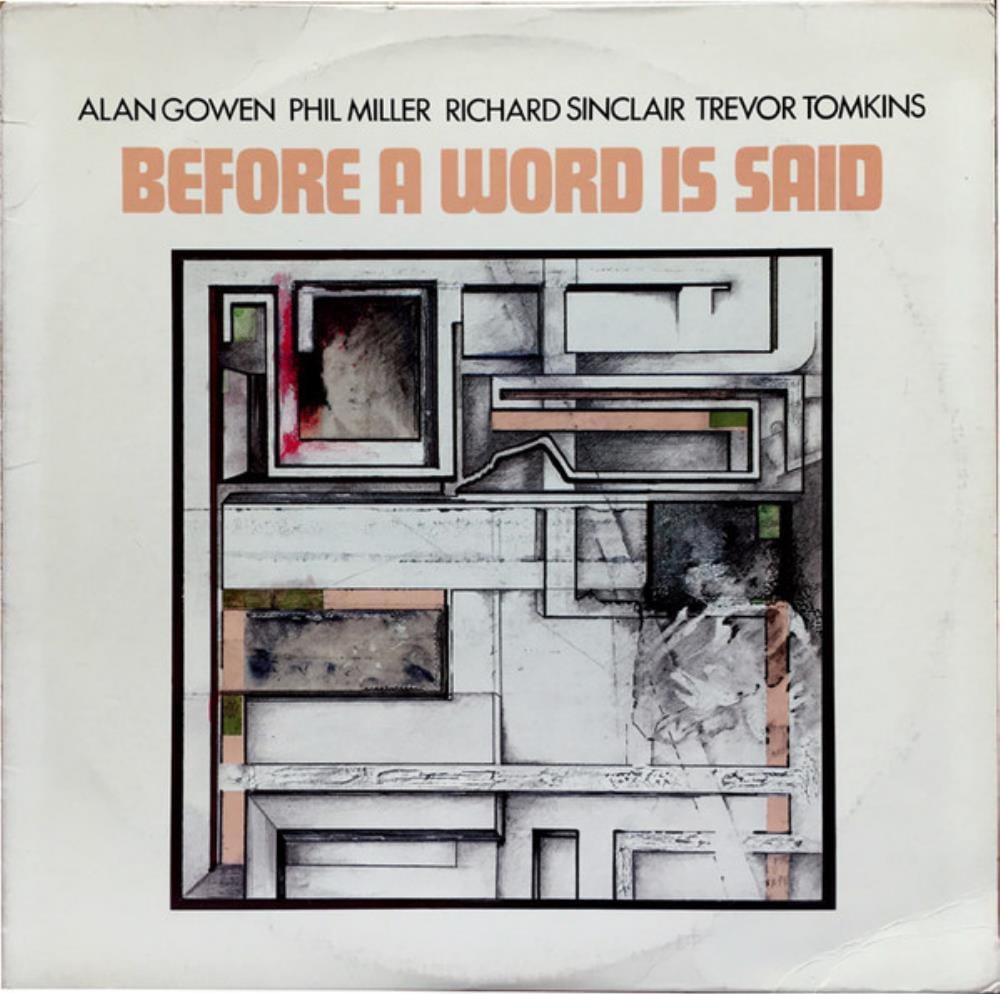 BEFORE A WORD IS SAID
BEFORE A WORD IS SAIDGowen - Miller - Sinclair - Tomkins |
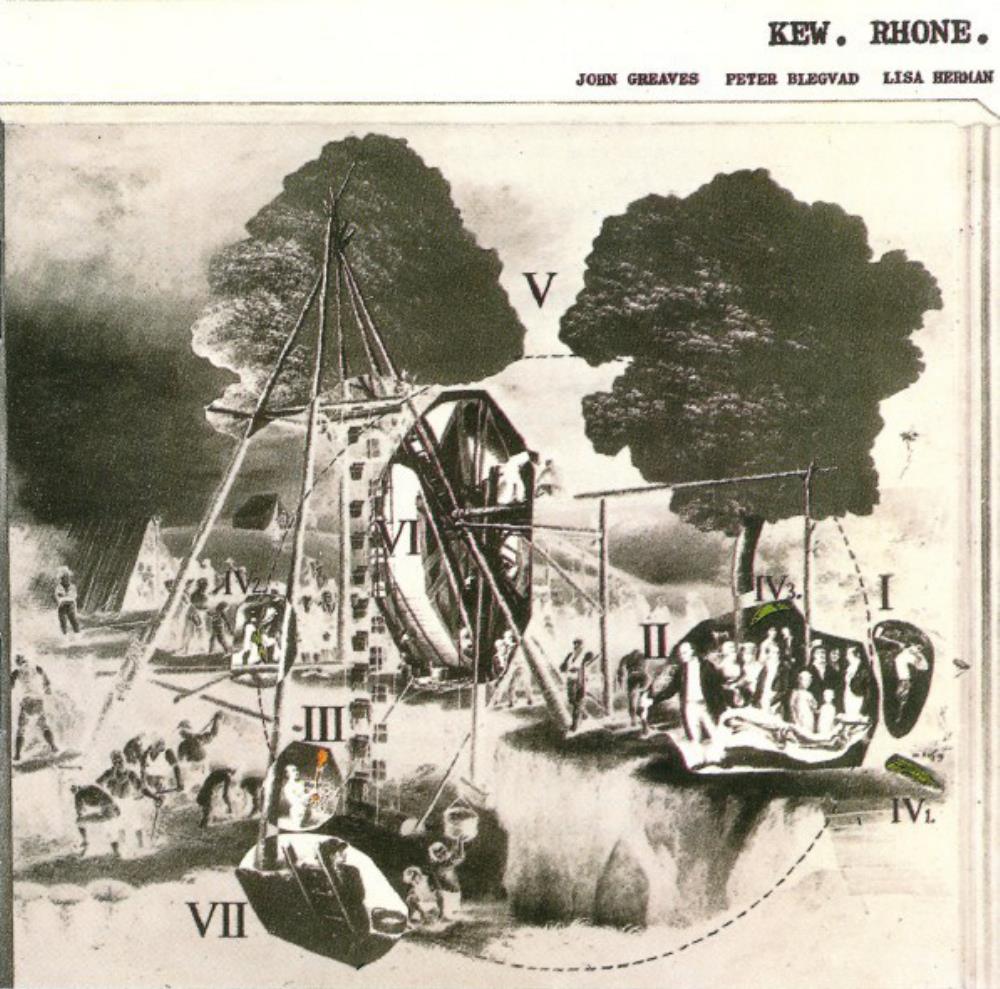 JOHN GREAVES, PETER BLEGVAD & LISA HERMAN: KEW. RHONE.
JOHN GREAVES, PETER BLEGVAD & LISA HERMAN: KEW. RHONE.Greaves, John |
Latest Canterbury Scene Music Reviews
Hatfield And The North Canterbury Scene
Review by
UMUR
Special Collaborator Honorary Collaborator
 "The Rotters' Club" is the second full-length studio album by UK progressive rock/jazz-rock act Hatfield and The North. The album was released through Virgin Records in March 1975. It's the successor to the band's eponymously titled debut full-length album which was released in February 1974. Hatfield and The North formed in mid-1972, released two full-length studio albums and disbanded in 1975. So it was a relatively short-lived act, but at the time it was a sort of Canterbury scene supergroup featuring members and ex-members of acts like Delivery, Matching Mole, Gong, and Caravan, which meant that Hatfield and The North got some attention. The four-piece lineup who recorded the debut album is intact on "The Rotters' Club". Phil Miller (guitars), Dave Stewart (Hammond organ, Fender Rhodes, piano, MiniMoog, tone generator), Richard Sinclair (bass, lead vocals, additional guitar), and Pip Pyle (drums, percussion)...
"The Rotters' Club" is the second full-length studio album by UK progressive rock/jazz-rock act Hatfield and The North. The album was released through Virgin Records in March 1975. It's the successor to the band's eponymously titled debut full-length album which was released in February 1974. Hatfield and The North formed in mid-1972, released two full-length studio albums and disbanded in 1975. So it was a relatively short-lived act, but at the time it was a sort of Canterbury scene supergroup featuring members and ex-members of acts like Delivery, Matching Mole, Gong, and Caravan, which meant that Hatfield and The North got some attention. The four-piece lineup who recorded the debut album is intact on "The Rotters' Club". Phil Miller (guitars), Dave Stewart (Hammond organ, Fender Rhodes, piano, MiniMoog, tone generator), Richard Sinclair (bass, lead vocals, additional guitar), and Pip Pyle (drums, percussion)......all of the above incredibly accomplished and experienced musicians and it's audible. "The Rotters' Club" is a very well performed release featuring many great musicial moments and details. Stylistically Hatfield and The North play a soft progressive rock/jazz-rock style, which is often laid-back and pleasant, but definitely not devoid of musical experimentation. Opening track "Share It" is a bit deceiving with it's nice pop melody and Sinclair giving a polished vocal performance (not completely unlike some of his most "light" work with Caravan), but already from track number two "Lounging There Trying", the band start showing their true colors. Jazz/fusion rhythm work, odd time-signatures, and a general disregard for regular vers/chorus structures or normal pop/rock compositional rules. In that respect Hatfield and The North are definitely closer to jazz music than they are to pop/rock. The album features several sections with improvised jamming ("The Yes No Interlude" is probably the best example of that) but also more structured compositions.
While it's a step up from the rather incoherrent debut album, "The Rotters' Club" does suffer from some of the same inconsistency issues as the debut album did. It's predominantly the songwriting which could have been more memorable, because as the case is with the debut album, "The Rotters' Club" is a both well produced and well performed album. There's no arguing that it's through and through a quality release featuring many intriguing musical ideas, but to my ears it often sounds a bit random and it's sometimes hard to know where the improvisation and the structured composed parts start and end. A 3.5 star (70%) rating is deserved.
The Muffins Canterbury Scene
Review by
kev rowland
Special Collaborator Honorary Reviewer
 Between 1989 and 1996 three cassettes were released of live recordings from between 1974 and 1981, with the
second of these then being reissued on CD in 2018 as a limited edition, with the other two currently still unavailable.
Actually, I can't find this for sale anywhere either, so it is possible this is no longer available either so if you spot any of
them then grab them! This particular CD features track from 1974 to 1975, which means we get the original core line-
up of Dave Newhouse (keyboards, woodwind, trumpet), Billy Swann (electric bass), Tom Scott (woodwind, bell tree,
yelling) and Michael Zentner (guitars, violin, piano) along with drummer Michael Bass and Scott Rafael who plays on
four tracks with alto sax and violin. Their debut album would not be released until 1978, by which time only Dave, Billy
and Tom would remain, so this is a great opportunity to hear what the band sounded like in the early days.
Between 1989 and 1996 three cassettes were released of live recordings from between 1974 and 1981, with the
second of these then being reissued on CD in 2018 as a limited edition, with the other two currently still unavailable.
Actually, I can't find this for sale anywhere either, so it is possible this is no longer available either so if you spot any of
them then grab them! This particular CD features track from 1974 to 1975, which means we get the original core line-
up of Dave Newhouse (keyboards, woodwind, trumpet), Billy Swann (electric bass), Tom Scott (woodwind, bell tree,
yelling) and Michael Zentner (guitars, violin, piano) along with drummer Michael Bass and Scott Rafael who plays on
four tracks with alto sax and violin. Their debut album would not be released until 1978, by which time only Dave, Billy
and Tom would remain, so this is a great opportunity to hear what the band sounded like in the early days.I think a good word would be "anarchic", and do not think any of these songs were later recorded in the studio, at least not under these names with these arrangements. Here we had great musicians working under the basis that they had no-one to please but themselves and that they could do whatever they wanted. With multi-instrumentalists in tow they could change instruments between songs to give them a different approach, or even change them during, meaning the audience (and other band members) did not know what was coming next, providing an excitement and vitality to the performance. My album of 2023 was the incredible 'The Baker's Dozen' boxed set of rare live recordings, and I don't think any of these appear on there, so perhaps those nice people at Cuneiform might consider releasing the three tapes as a new set? Please? Here we have a band pushing the limits, not even seeing the boundaries as they take Canterbury to new heights. Superb.
The Muffins Canterbury Scene
Review by
kev rowland
Special Collaborator Honorary Reviewer
 What we have here is the final studio album by The Muffins, released in 2012 by Dave Newhouse (keyboards, baritone
& tenor saxes, bass clarinet, accordion), Tom Scott (flute, soprano & alto saxophones, clarinet, alto clarinet, oboe,
bassoon, keyboards, trumpet, vocals), Billy Swan (fretless bass, acoustic bass, acoustic & e-bow guitars) and Paul Sears
(drums). The original live rhythm tracks were recorded in 2008, long before the release of the previous album,
'Palindrome', and we have on here just one fully live recording, 'Going Softly', which was recorded at ProgDay in 2010.
No guests on this one, just the four Muffins demonstrating their musical prowess as they develop an album which is
incredibly thoughtful and multi-layered.
What we have here is the final studio album by The Muffins, released in 2012 by Dave Newhouse (keyboards, baritone
& tenor saxes, bass clarinet, accordion), Tom Scott (flute, soprano & alto saxophones, clarinet, alto clarinet, oboe,
bassoon, keyboards, trumpet, vocals), Billy Swan (fretless bass, acoustic bass, acoustic & e-bow guitars) and Paul Sears
(drums). The original live rhythm tracks were recorded in 2008, long before the release of the previous album,
'Palindrome', and we have on here just one fully live recording, 'Going Softly', which was recorded at ProgDay in 2010.
No guests on this one, just the four Muffins demonstrating their musical prowess as they develop an album which is
incredibly thoughtful and multi-layered.I have not heard all of their studio albums (something I do need to fix), but this album is far more laid-back and constructed than what I have come to expect from their live works. Given that three of the quartet are multi- instrumentalists, two of them ridiculously so, I guess it is no surprise that when time is not an object that the music becomes more reflective and thoughtful, although it is somewhat surprising to realise just how different they can be to the highly improvisational quartet who first came together more than 30 years prior to this recording taking place. I do not know when they decided to call it a day, whether they knew this was going to be their final album or if that decision was made later but coming to this a dozen years after its release one can almost hear the goodbyes as the band wind down with just a few songs, such as "Beat 10" showing a more up tempo and exciting feel to proceedings.
Strangely, even though this is arguably the most commercial album of theirs I have heard, this is one which took me quite a while to get into, but now I have I can honestly say it is one I have enjoyed a great deal. Yet another classic Canterbury infused jazz prog album worth discovering.
The Muffins Canterbury Scene
Review by
kev rowland
Special Collaborator Honorary Reviewer
 In 2004 The Muffins released 'Double Negative' with the line-up of Dave Newhouse (organ, grand piano, soprano,
baritone & tenor saxes, bass clarinet, percussion), Tom Scott (flute, soprano & alto saxophones, clarinet, percussion),
Billy Swan (bass, guitar, percussion) and Paul Sears (drums, guitar, trombone, percussion). They had some guest
musicians involved on some of the tracks, including Knoel Scott (alto saxophone) and Marshall Allen (alto saxophone)
and perhaps unsurprisingly, this led to a series of improvisations between the six, which were recorded and released
in 2005 as a companion album to the original. Marshall Allen is of course famous for leading the reed section in The
Sun Ra Arkestra from the time he joined in 1958 for more than 40 years, and is now leader of the Arkestra and is still
playing (in his 90's!) while Knoell is a mere whippersnapper having been born in 1956 and joining the Arkestra in 1979.
In 2004 The Muffins released 'Double Negative' with the line-up of Dave Newhouse (organ, grand piano, soprano,
baritone & tenor saxes, bass clarinet, percussion), Tom Scott (flute, soprano & alto saxophones, clarinet, percussion),
Billy Swan (bass, guitar, percussion) and Paul Sears (drums, guitar, trombone, percussion). They had some guest
musicians involved on some of the tracks, including Knoel Scott (alto saxophone) and Marshall Allen (alto saxophone)
and perhaps unsurprisingly, this led to a series of improvisations between the six, which were recorded and released
in 2005 as a companion album to the original. Marshall Allen is of course famous for leading the reed section in The
Sun Ra Arkestra from the time he joined in 1958 for more than 40 years, and is now leader of the Arkestra and is still
playing (in his 90's!) while Knoell is a mere whippersnapper having been born in 1956 and joining the Arkestra in 1979.The Muffins are a band built on improvisation and bouncing ideas off each other, while at the time of this recording Scott and Allen had been in the same band for 25 years, and it is an absolute delight to hear the interplay between the six of them. The only thing which would make this better would have been if there had been a camera in the studio capturing what was going on, as I can imagine the guys going between smiles and intense concentration as they try to work out where the muse is taking them and what their contribution needs to be to further that. At times there are four saxophones at play, while the rhythm section swaps and changes as they look to further their Canterbury avant garde approach to progressive music.
This will not be to everyone's taste, as it is moving The Muffins in an even more avant-garde direction, yet to my battered ears this is a delight, and I can sit and listen to this all day. Experimental music driven by horns is rarely better than this.
Manna / Mirage Canterbury Scene
Review by
kev rowland
Special Collaborator Honorary Reviewer
 According to Dave's Bandcamp site this is the last album we will hear from Manna/Mirage, which is a real shame as
this is possibly the most enjoyable to date. Dave Newhouse of course provides most of the instruments, and on a
couple of tracks all of them, but he has also brought in old friends such as ex-Muffins bandmates Michael Bass and
Michael Zentner, his Moon Men and Cloud Over Jupiter colleague Jerry King, along with the likes of Guy Seger from
Univers Zero. Dave has been at the forefront of the Canterbury/Jazz/Avant Prog scene for more than 50 years now,
and I have yet to come across any of his releases which are less than thoroughly enjoyable and that is again what we
have here. Dave does not feel he is restricted by what anyone expect of him, and consequently he goes where the
music takes him, so if he wants the guys to "play it like they're in a small band in a seedy club in Berlin in 1933", as he
requested for those involved with "Practicing Tonglin In A Time Of War" then that is what happens.
According to Dave's Bandcamp site this is the last album we will hear from Manna/Mirage, which is a real shame as
this is possibly the most enjoyable to date. Dave Newhouse of course provides most of the instruments, and on a
couple of tracks all of them, but he has also brought in old friends such as ex-Muffins bandmates Michael Bass and
Michael Zentner, his Moon Men and Cloud Over Jupiter colleague Jerry King, along with the likes of Guy Seger from
Univers Zero. Dave has been at the forefront of the Canterbury/Jazz/Avant Prog scene for more than 50 years now,
and I have yet to come across any of his releases which are less than thoroughly enjoyable and that is again what we
have here. Dave does not feel he is restricted by what anyone expect of him, and consequently he goes where the
music takes him, so if he wants the guys to "play it like they're in a small band in a seedy club in Berlin in 1933", as he
requested for those involved with "Practicing Tonglin In A Time Of War" then that is what happens. He is also never restricted in what instruments he uses, so arrangements can be very different indeed from one song to the next, and his high presence in the scene means he has access to more music and musicians than the normal person. One song on this album, "Section W", started off life as a piece on the compilation album ' Frets of Yore' which I reviewed recently, here extended and given new life. Another song was originally written for Moon Men and has now been released here.
There is a life and presence in all he is involved with, and even though he is not as young as he used to be, Dave is hugely active in multiple different musical projects as well as continuing with his artwork. This means that although this may be the end of Manna/Mirage, there is still plenty of music left to come from him, and long may that continue. For fans of the Canterbury scene this is a wonderful album which twists and changes so one never knows what is coming yet, all wrapped in the wonderful arrangements and musical sensibilities of Newhouse.
Steve Hillage Canterbury Scene
Review by
siLLy puPPy
Special Collaborator PSIKE, JRF/Canterbury, P Metal, Eclectic
 By 1977 former Gong guitarist STEVE HILLAGE was well on his own path with a successful solo career building momentum but as the age of prog was ceding to a new era of funk, punk and disco, HILLAGE became irritated with many prog snobs snubbing the new up and coming genres and limiting his musical expressions to the world of progressive rock. In his own expressions of rebellion and breaking free from any such pigeonholing attempts, HILLAGE delivered a new sound on his third album MOTIVATION RADIO which found as much inspiration from Funkadelic and Earth, Wind & Fire as from Gong or Pink Floyd.
By 1977 former Gong guitarist STEVE HILLAGE was well on his own path with a successful solo career building momentum but as the age of prog was ceding to a new era of funk, punk and disco, HILLAGE became irritated with many prog snobs snubbing the new up and coming genres and limiting his musical expressions to the world of progressive rock. In his own expressions of rebellion and breaking free from any such pigeonholing attempts, HILLAGE delivered a new sound on his third album MOTIVATION RADIO which found as much inspiration from Funkadelic and Earth, Wind & Fire as from Gong or Pink Floyd. Unable to shake his space rock connections completely, MOTIVATION RADIO offered a unique mix of danceable funk rock steeped with the usual glissando guitar fueled psychedelia and art rock. The album also added a bit of punkish guitar heft that surely must've thrown the prog snobs for a loop when this hit the scene. While the funk rock moves dominate the guitar, bass and drum rhythm sections, HILLAGE hired Malcom Cecil from Tonto's Expanding Head Band to produce and engineer the album which in the process kept many of the trippiest moments of classic Gong alive and well. Likewise HILLAGE's vocal delivery is very reminiscent of Daevid Allen's best Gong moments so apparently he was indelibly marked by the experience for life.
This album offered an interesting mix of tracks with some like the opening "Hello Dawn" shouting the fact that HILLAGE had totally funked up his fans sh.i.t and delivered a major curveball but it doesn't take long for his psychedelic roots to steal the show such as the Gong-esque "Light In The Sky" that narrates the arrival of UFOs complete with all those freaky psychedelic excursions heard on "Angel's Egg" and "You" even with a surrogate Gilli Smyth offering some space whispering. Some tracks like "Wait One Moment" take on a Pink Floyd flavor with a chilled space rock sound that reminds me of "Comfortably Numb" from "The Wall" but obviously two years before that album would emerge.
Of all the tracks on board, "Saucer Surfing" is the closest thing to HILLAGE's masterwork "Fish RIsing" with the same trippy layers of glissando guitar accompanying the overly mystical and esoteric lyrics that sometimes border on ridiculous but reflected the new age and Eastern philosophical interests that dominated the 60s and 70s. "Searching For The Spark" prognosticates the style of what Ozric Tentacles would make a career out of and its not unthinkable that the band was inspired by the unique electronica that dances around in a hypnotic yet cyclical manner. "Octave Dancers" must've really rankled prog stalwarts because it almost sounds like dancy disco only with a funk groove yet features STEVE's classic glissando workouts as well as bluesy guitar licks. The closing "Not Fade Away (Gild Forever)" ends the album with rather bluesy funky space rock vibe.
This is an album that i never really liked a lot until i let it sink under my skin. Sure it's not HILLAGE's best of the lot by a long shot but it certainly does deliver some entertaining moments. Like many the funk and simplicity that didn't measure up to "Fish Rising" rubbed me the wrong way but as i've listening to it more and more it certainly has grown on me in a weird way. There are lots of clever moments on this and the production is amazingly crisp and clear (granted i have the 2000 remaster). Sure HILLAGE's vocal performances range from classic Daevid Allen to sometimes sounding like Devo and even a touch of new wave but ultimately the space mix and HILLAGE's own signature style tips it all in my favor of liking it more. Not his magnus opus but personally i like this one better than "L."
A 3.5 star album but i like it enough to round up to 4
The Muffins Canterbury Scene
Review by
Warthur
Prog Reviewer
 Perhaps it's no surprise that 185 - the last studio album by the Muffins before a long hiatus - saw their sound shifting
from the sunny Canterbury climate of Manna/Mirage into colder and more confrontational RIO territory, given the
presence of Fred Frith as a producer (and some occasional guest spots on guitar).
Perhaps it's no surprise that 185 - the last studio album by the Muffins before a long hiatus - saw their sound shifting
from the sunny Canterbury climate of Manna/Mirage into colder and more confrontational RIO territory, given the
presence of Fred Frith as a producer (and some occasional guest spots on guitar).Frith was returning the favour here, since the Muffins had served as his backing group on the second side of Gravity (with Samla Mammas Manna doing the honours on the first side); his endorsement of the group to this extent is testament to how well the Muffins "got" the Canterbury/RIO style, and on 185 they further demonstrate an ability to not merely imitate their influences, but innovate and push this style of music forwards, making this album an important link between the European roots of the RIO movement and its later expressions in the US such as Thinking Plague and the Cuneiform label.
Magic Bus Canterbury Scene
Review by
Warthur
Prog Reviewer
 The Earth Years - the most recent Magic Bus album at the time of writing - continues the band's ongoing tribute to the
lighter, fluffier side of the Canterbury scene. Don't expect intense, complex jazz-rock like Soft Machine or avant-garde
experimental proto-RIO like early Henry Cow - this takes early Gong and Caravan as its main lodestones, and adds on
some West Coast folk rock harmonies to spice things up. It's good, but it's the sort of good we've heard from Magic Bus
before; if you're heard their preceding albums, you know what the deal is here, and if you haven't I think they're a bit
more fresh than this, which risks tipping over into being outright formulaic.
The Earth Years - the most recent Magic Bus album at the time of writing - continues the band's ongoing tribute to the
lighter, fluffier side of the Canterbury scene. Don't expect intense, complex jazz-rock like Soft Machine or avant-garde
experimental proto-RIO like early Henry Cow - this takes early Gong and Caravan as its main lodestones, and adds on
some West Coast folk rock harmonies to spice things up. It's good, but it's the sort of good we've heard from Magic Bus
before; if you're heard their preceding albums, you know what the deal is here, and if you haven't I think they're a bit
more fresh than this, which risks tipping over into being outright formulaic.
Ocarinah Canterbury Scene
Review by
siLLy puPPy
Special Collaborator PSIKE, JRF/Canterbury, P Metal, Eclectic
 The late 70s was in interesting if frustrating time for true fans of progressive rock after a decade when unthinkable amounts of albums were recorded and released but trends come and go and prog's popularity waned as the rise of simpler musical forms were usurping control of the marketplace. That by no means meant that prog just disappeared quietly for time memorial. Sure the big names like Yes, Genesis, PFM and even Gentle Giant were incrementally whittling down their prog complexities in favor of more radio friendly ventures but in their shadows were a whole slew of bands that missed the original party and wanted to get a piece of the action. Given the ever decreasing prospects of actually making a living from such music, many bands simply released an entire career's worth of ideas on a single album or two and then disappeared never to be heard from again.
The late 70s was in interesting if frustrating time for true fans of progressive rock after a decade when unthinkable amounts of albums were recorded and released but trends come and go and prog's popularity waned as the rise of simpler musical forms were usurping control of the marketplace. That by no means meant that prog just disappeared quietly for time memorial. Sure the big names like Yes, Genesis, PFM and even Gentle Giant were incrementally whittling down their prog complexities in favor of more radio friendly ventures but in their shadows were a whole slew of bands that missed the original party and wanted to get a piece of the action. Given the ever decreasing prospects of actually making a living from such music, many bands simply released an entire career's worth of ideas on a single album or two and then disappeared never to be heard from again.Such is the case of the obscure French act OCARINAH which originated in the city of Oyonnax in the Auvergne-Rh�ne-Alpes region of France not too far from the Swiss city of Geneva. This band existed for around seven years and went through various lineups ranging from a mere trio to a beefier quintet. During the band's multi-year run it's primary focus was playing live and organizing concerts but OCARINAH did manage to release one album on the band's private Calypsia label. The band's sole album PREMI�RE VISION DE L'�TRANGE (First Vision of the Strange) was released in 1978 with only 1000 copies being pressed making it one of those rare collectibles sought after by seekers of vinyl rarities. By the time the album was recorded the band was the mere trio of Jean-Michel Valette (synthesizer, guitar), Marc Perdrix (bass) and Charles Bevand (drums). And strange the album was indeed.
Crafting a unique melancholic style of prog, OCARINAH didn't sound like any other act of the day with Valette citing many influences ranging from Magma, Zao, Art Zoyd, Soft Machine, Hatfield & the North and the Mahavishnu Orchestra as ground zero for primary inspiration. Given that diverse array of quality acts to follow, the band crafted a complex array of knotty jazz-fueled prog workouts that delivered a touch of zeuhl martial rhythms, healthy doses of avant-prog angularity and a strong connection to the Canterbury Scene that included keyboard workouts similar to classic Egg as well as more nerdy extravaganzas into abstract Soft Machine territory. The album is completely instrumental and features five tracks that offer extremely demanding musical gymnastics ranging from Keith Emerson synthesizer runs to over the top bass grooves. Included are intricately designed jazz-inspired drum workouts thus showcasing the dexterity and inventiveness of this highly talented power trio.
Valette admits the band's ambitions were to forget a new path in prog and from just one single exposure to PREMI�RE VISION DE L'�TRANGE it becomes immediately clear that OCARINAH did indeed succeed in forging its own way in an era when many bands were already starting to copy the bigwigs of the early 70s while the super-stars themselves were either disbanding or selling out. In this sense OCARINAH can be placed in the same camp as other inventive French latecomers such as Shylock, Pataphonie or Potemkine. It's hard to believe but this album was basically recorded live in the studio with no overdubs or editing, a true rough draft yet sounds amazingly precise with crazy instrumental interplay zigzagging around like a flock of drunken birds making one hairpin turn after another. The complexity of the album is really too intense to soak in on a single spin and this one is definitely reserved from the difficult music section of the prog university.
Despite little attention being paid to the album the band still existed for a few more years until the early 1980s before officially disbanding. The band was modest in its goals and never was in it for the money or the fame and focused exclusively on the music and that is apparent in how mind blowing the musical complexities are on this one. In fact this is one of the craziest complex prog albums there is to be found especially in the watered down prog scene of the late 70s. OCARINAH is one of those underground cult acts that really did deliver something extraordinarily special that remains totally unique even some 45 years after its initial release. Sure the synthesizer tones are a little strange but the overall effect of this excellent album is one of true originality and the highest degree of musical dedication. OCARINAH deserves a medal. Maybe it'll take another 50 years for the world to catch up but eventually this will be a classic.
Mr. Sirius Canterbury Scene
Review by
siLLy puPPy
Special Collaborator PSIKE, JRF/Canterbury, P Metal, Eclectic
 Japan's MR SIRIUS was a group of prog stalwarts determined to swim upstream in a decade that rewarded conformity and musical simplification over experimentation. The band showcased the true spirit of musical freedom with two innovative albums that kept prog relevant in an era where it was significantly dimisnished. Masterminded by the multi-instrumentalist Kazuhiro Miyatake, MR SIRIUS was a trio formed in Osaka and featured Miyatake (aka Mr Sirius) on flute, guitars, keyboards, mellotron, sythesizers, bass and accordion along with grand pianist / vocalist Lisa Ohki and percussionist Chihiro Fujioka. Together this trio launched two well respected albums in the late 80s and early 90s before the official prog revival movement really kicked off. Who knows. Maybe they even helped inspire it! Miyatake actually began his prog journey early on in the 80s in symphonic prog bands such as Mugen and Pageant.
Japan's MR SIRIUS was a group of prog stalwarts determined to swim upstream in a decade that rewarded conformity and musical simplification over experimentation. The band showcased the true spirit of musical freedom with two innovative albums that kept prog relevant in an era where it was significantly dimisnished. Masterminded by the multi-instrumentalist Kazuhiro Miyatake, MR SIRIUS was a trio formed in Osaka and featured Miyatake (aka Mr Sirius) on flute, guitars, keyboards, mellotron, sythesizers, bass and accordion along with grand pianist / vocalist Lisa Ohki and percussionist Chihiro Fujioka. Together this trio launched two well respected albums in the late 80s and early 90s before the official prog revival movement really kicked off. Who knows. Maybe they even helped inspire it! Miyatake actually began his prog journey early on in the 80s in symphonic prog bands such as Mugen and Pageant.MR SIRIUS' first release BARREN DREAM emerged in 1987 in perhaps one of the years least friendly to progressive acts however in the middle of the BARREN desert called the 80s lay a veritable DREAM to rekindle all those classic sounds that made the 70s so magical. Long associated with England's Canterbury jazz scene, MR SIRIUS was a bit more eclectic than performing a mere tribute to Hatfield & The North or National Health and rather crafted an extremely unique style that was just as much about classic Genesis, the 70s Italian symphonic prog scene and the classical leanings of French composer Gabriel Faur� as it was about Canterbury jazz.
This album is indeed dreamy and features six bonafide prog workouts with the opening and closing tracks (and middle track "Eternal Jealousy") consisting of multiple suites and thematic developments. While officially a trio, three guest musicians added extra layers of guitar, piano and mini-moog. Showing no traces of its Japanese origins musically speaking, MR SIRIUS sounded like a true anomaly of European prog emerging in the most unlikely of times. The music is extremely soft and pastoral led by piano, acoustic guitars and a bit of jazz complexities. Musically speaking the album sounds a lot like Anthony Philips with a bunch of friends joining in however the trio's distinct sound lies not in its pastoral symphonic prog approach but rather by the excellent feminine vocal charm of lead singer Hirako Ohki (aka Hiroko Nagai). Lyrics while mostly presented in English did find a few moments in the Japanese language. At times the album even sounds like an opera.
While comparisons have been made to the album sounding like a hybrid between The Enid's "Aerie Faerie Nonsense" and Camel's "Snow Goose," MR SIRIUS defies comparisons due to its ability to shape shift into multiple musical areas seemingly at the drop of a hat. While one moment the band evokes a soft mellowness reminiscent of Genesis' most placid moments, the band has no problem breaking into demanding musical territory that explores knotty angularities and crazy instrumental interplay that is up to par with the best of the best as far as musical complexities are concerned. The addition of guitar sweeps and sensual flute runs remind me a bit of early Focus however the knotty more rock oriented parts sound utterly unique to the band itself with exquisite syncopated idiosyncrasies.
In many ways despite the band's European flavors in every form, the album does make you think of one of those beautiful paintings of Mt Fuji in the springtime with all the fruit trees in blossom. It's a breezy light affair with the occasional eruption into the knottier adventurism of avant-prog but for the most part is dominated by the sensual vocalizations of Nagai and lush acoustic passages in full pastoral mode. Overall this album ranks as one of Japan's most interesting contributions to the world of progressive rock as it stands the test of time for its unique approach of amalgamating so many disparate styles while preserving its own identity. The band would release one more album, "Dirge" and then disappeared ironically before the whole prog world seemed to resurrect from its cryogenic time out. An eclectic mix of prog styles that will surely please Canterbury fans but BARREN DREAM is so much more.
Canterbury Scene bands/artists list
| Bands/Artists | Country |
| DAEVID ALLEN | Australia |
| AMOEBA SPLIT | Spain |
| ANTIQUE SEEKING NUNS | United Kingdom |
| KEVIN AYERS | United Kingdom |
| BIG HOGG | United Kingdom |
| THE BOOT LAGOON | United Kingdom |
| BILLIE BOTTLE | United Kingdom |
| BRAINVILLE | United Kingdom |
| CARAVAN | United Kingdom |
| CLEAR FRAME | United Kingdom |
| COS | Belgium |
| DE LORIANS | Japan |
| DELIVERY | United Kingdom |
| EGG | United Kingdom |
| THE FILIBUSTER SALOON | United States |
| THE GHOULIES | United Kingdom |
| MICHAEL GILES | United Kingdom |
| GILGAMESH | United Kingdom |
| GONG | Multi-National |
| GOWEN - MILLER - SINCLAIR - TOMKINS | United Kingdom |
| JOHN GREAVES | United Kingdom |
| NICHOLAS GREENWOOD | United Kingdom |
| GRINGO | United Kingdom |
| HATFIELD AND THE NORTH | United Kingdom |
| HENRYTENNIS | Japan |
| STEVE HILLAGE | United Kingdom |
| HOMUNCULUS RES | Italy |
| HOPPER - DEAN - TIPPETT - GALLIVAN | United Kingdom |
| HUGH HOPPER | United Kingdom |
| JAKKO M. JAKSZYK | United Kingdom |
| THE KENTISH SPIRES | United Kingdom |
| KHAN | United Kingdom |
| THE LODGE | United States |
| MAGIC BUS | United Kingdom |
| MANNA / MIRAGE | United States |
| MASTER CYLINDER | United States |
| MATCHING MOLE | United Kingdom |
| MILLER & COXHILL | United Kingdom |
| PHIL MILLER | United Kingdom |
| MOLESLOPE | Japan |
| MOOM | United Kingdom |
| MOVING GELATINE PLATES | France |
| MR. SIRIUS | Japan |
| THE MUFFINS | United States |
| NATIONAL HEALTH | United Kingdom |
| OCARINAH | France |
| PANTHEON | Netherlands |
| PAZOP | Belgium |
| JOHN G. PERRY | United Kingdom |
| PICCHIO DAL POZZO | Italy |
| THE POLITE FORCE | United Kingdom |
| PIP PYLE | United Kingdom |
| QUANTUM JUMP | United Kingdom |
| QUIET SUN | United Kingdom |
| SHORT WAVE | United Kingdom |
| RICHARD SINCLAIR | United Kingdom |
| SOFT HEAP | United Kingdom |
| SOFT MACHINE LEGACY | United Kingdom |
| THE SOFT MACHINE | United Kingdom |
| SOFT MOUNTAIN | Multi-National |
| SOFT WORKS | United Kingdom |
| STUBBS | Japan |
| SUPERSISTER | Netherlands |
| SUPPLY DEMAND & CURVE | Ireland |
| TORTILLA FLAT | Germany |
| TRAVELLING | France |
| TWENTY FIVE VIEWS OF WORTHING | United Kingdom |
| VOLAR� | United States |
| THE WILDE FLOWERS | United Kingdom |
| THE WINSTONS | Italy |
| ROBERT WYATT | United Kingdom |
| ZOPP | United Kingdom |
| ZYMA | Germany |


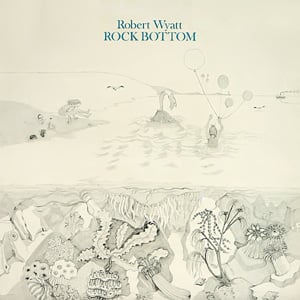
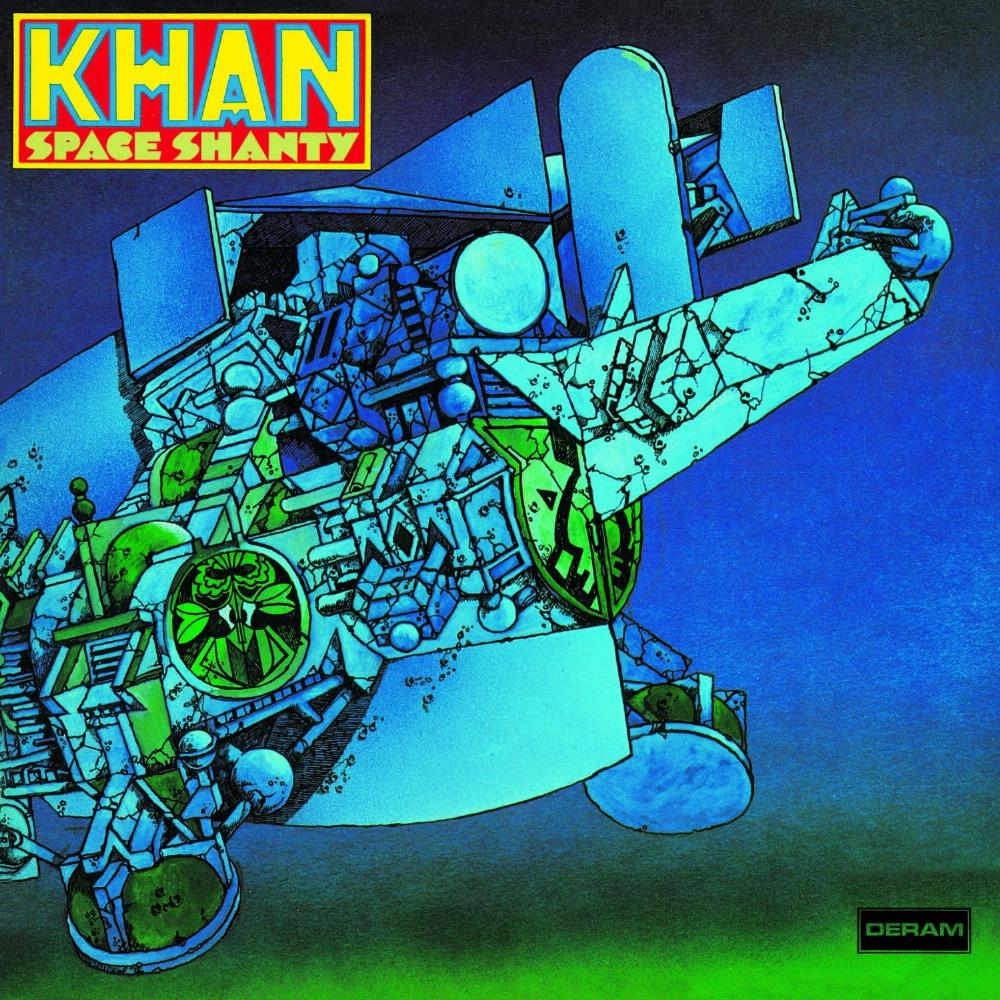
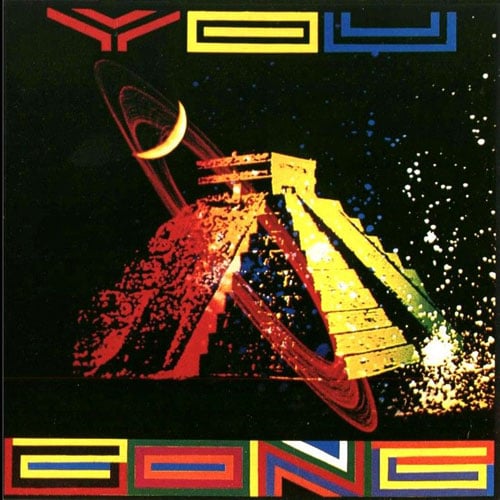
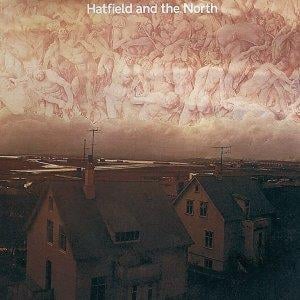
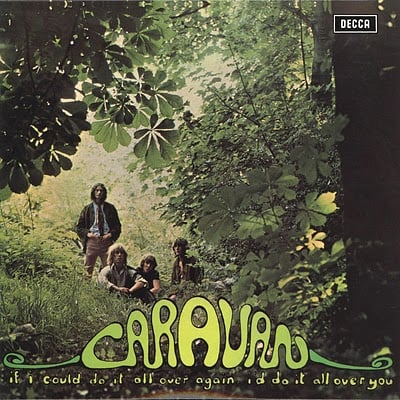
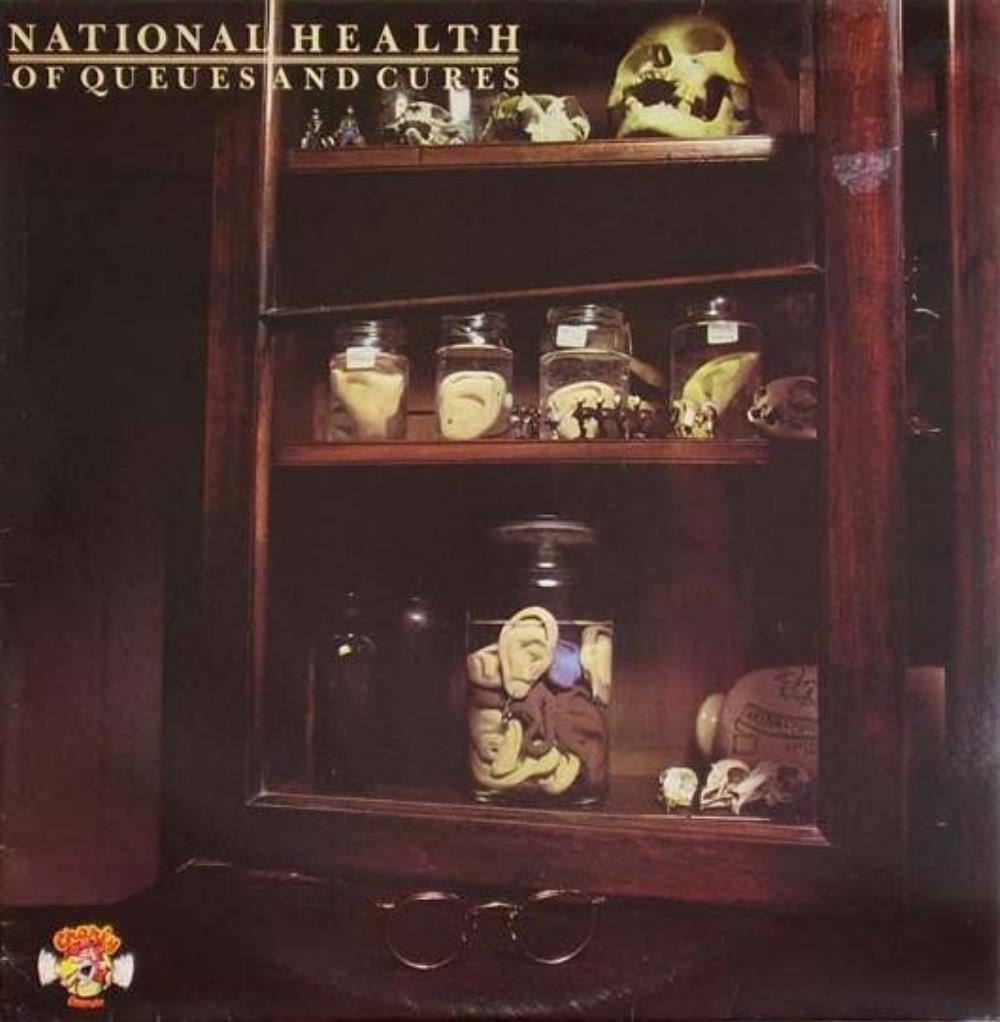
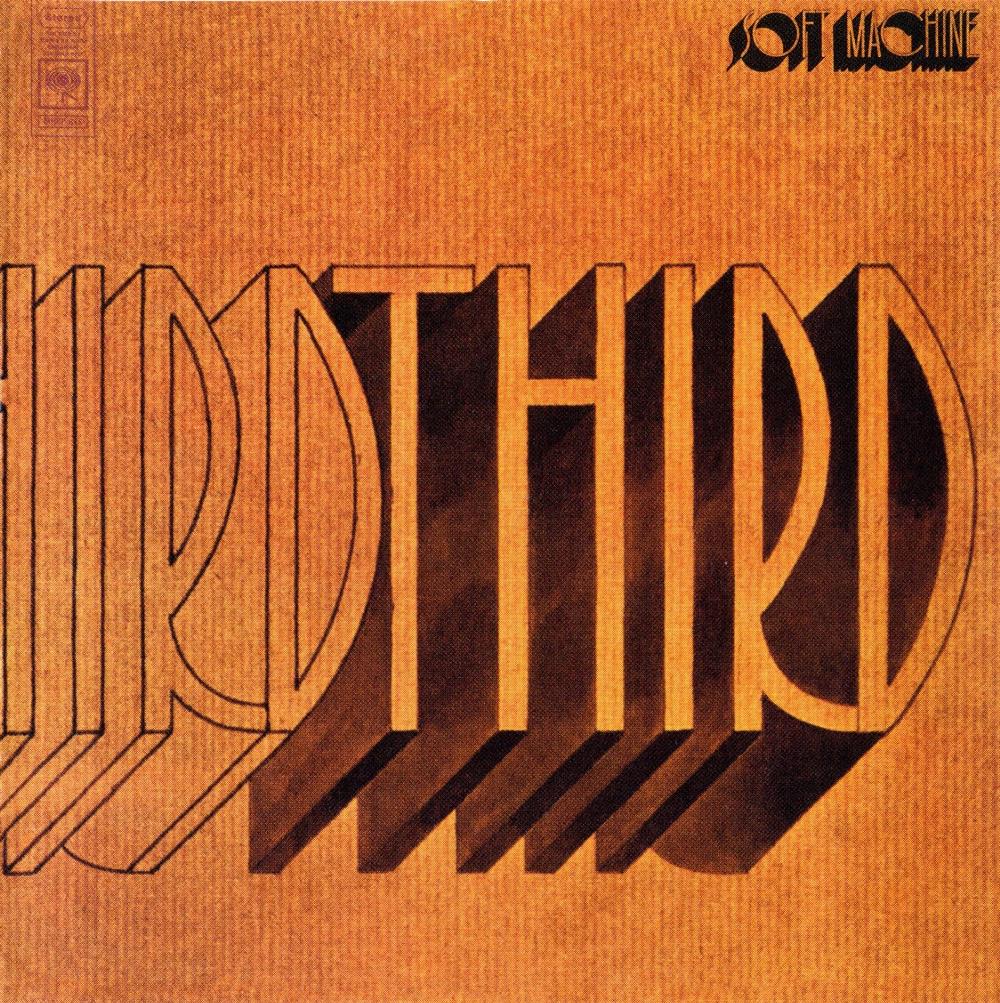
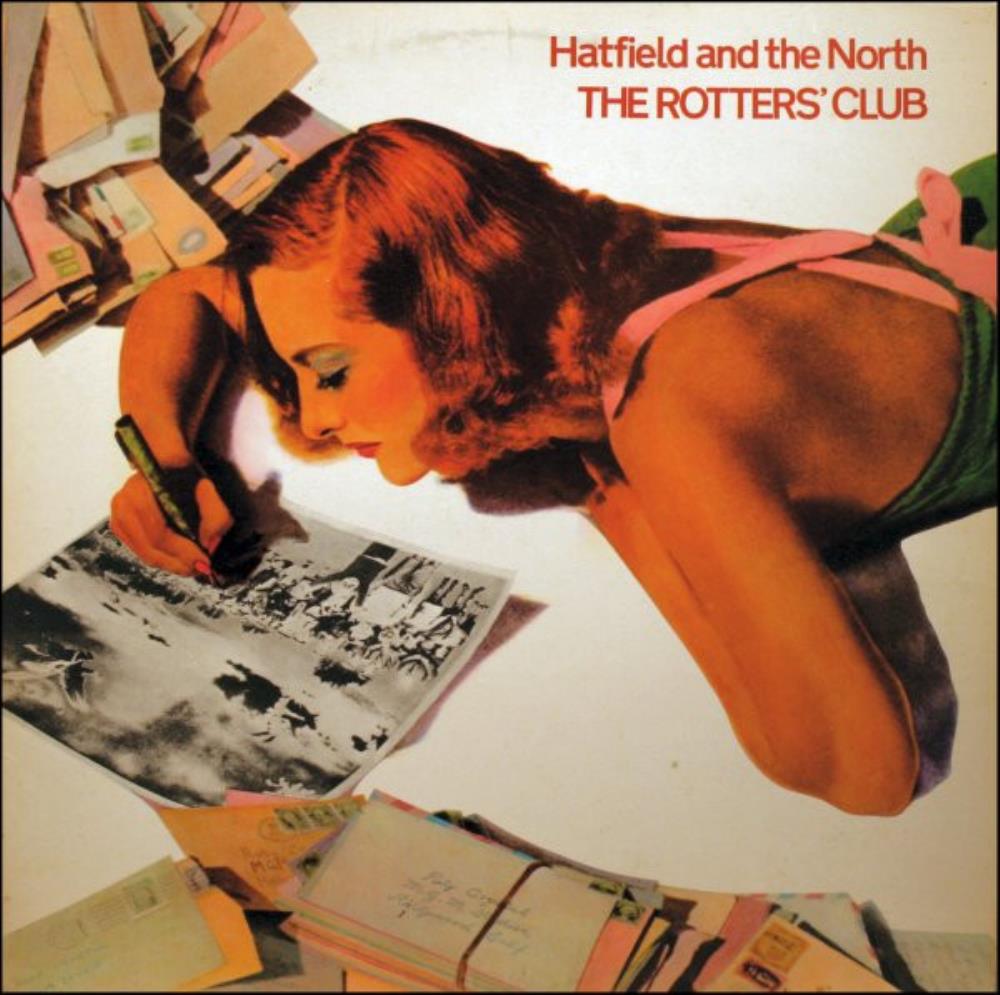
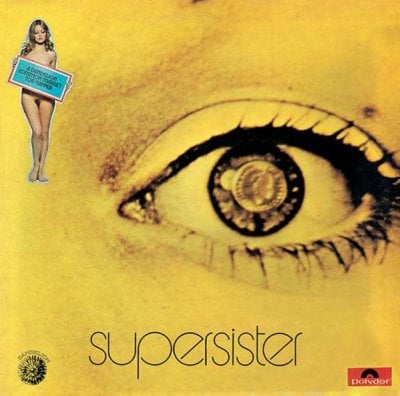
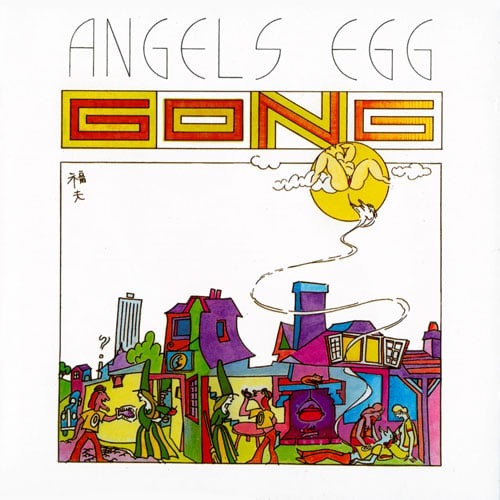
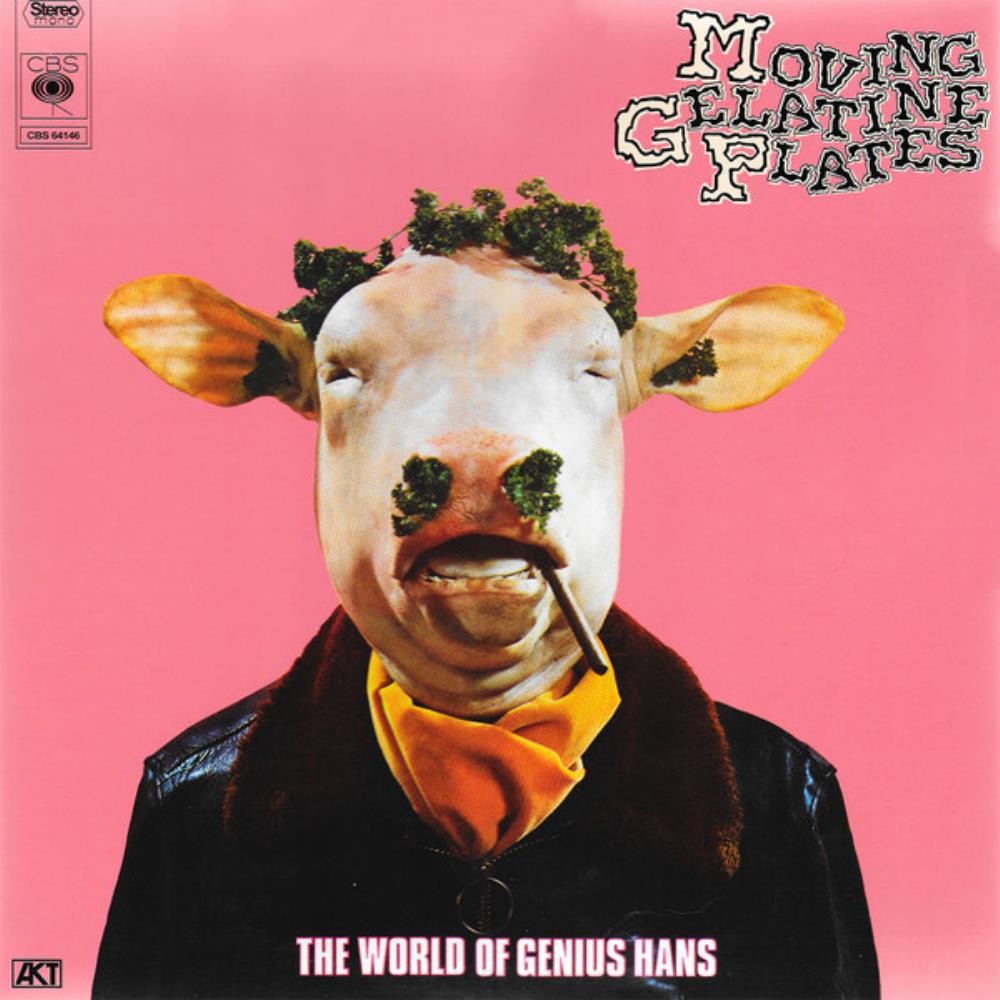
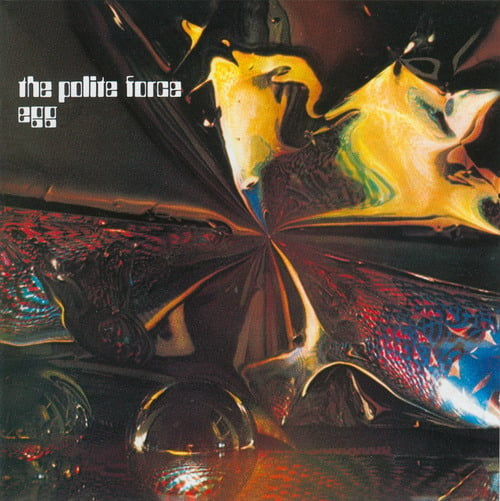
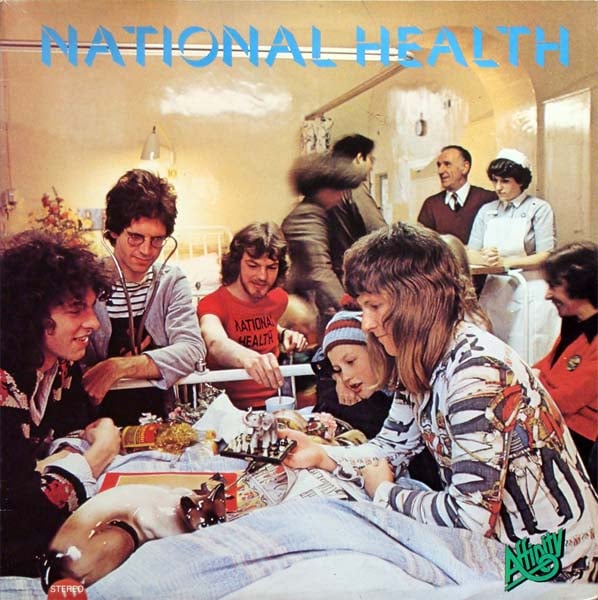

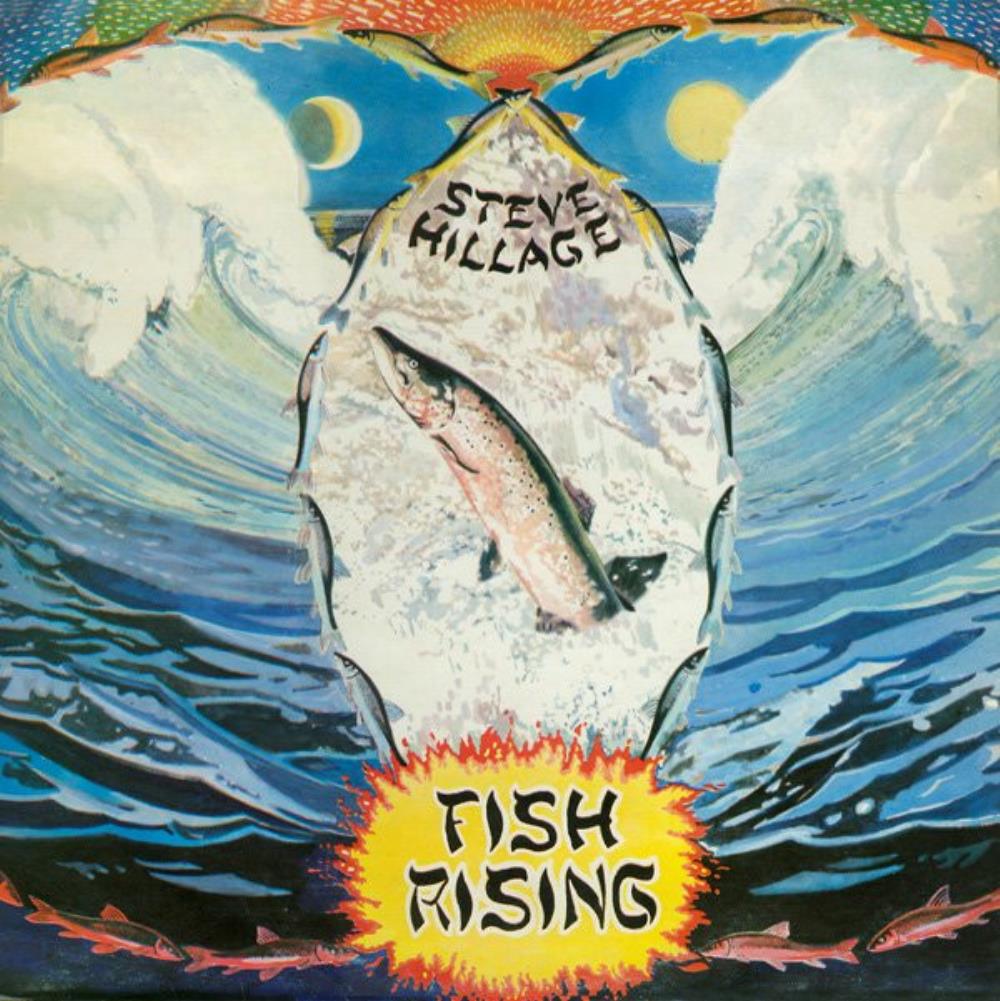
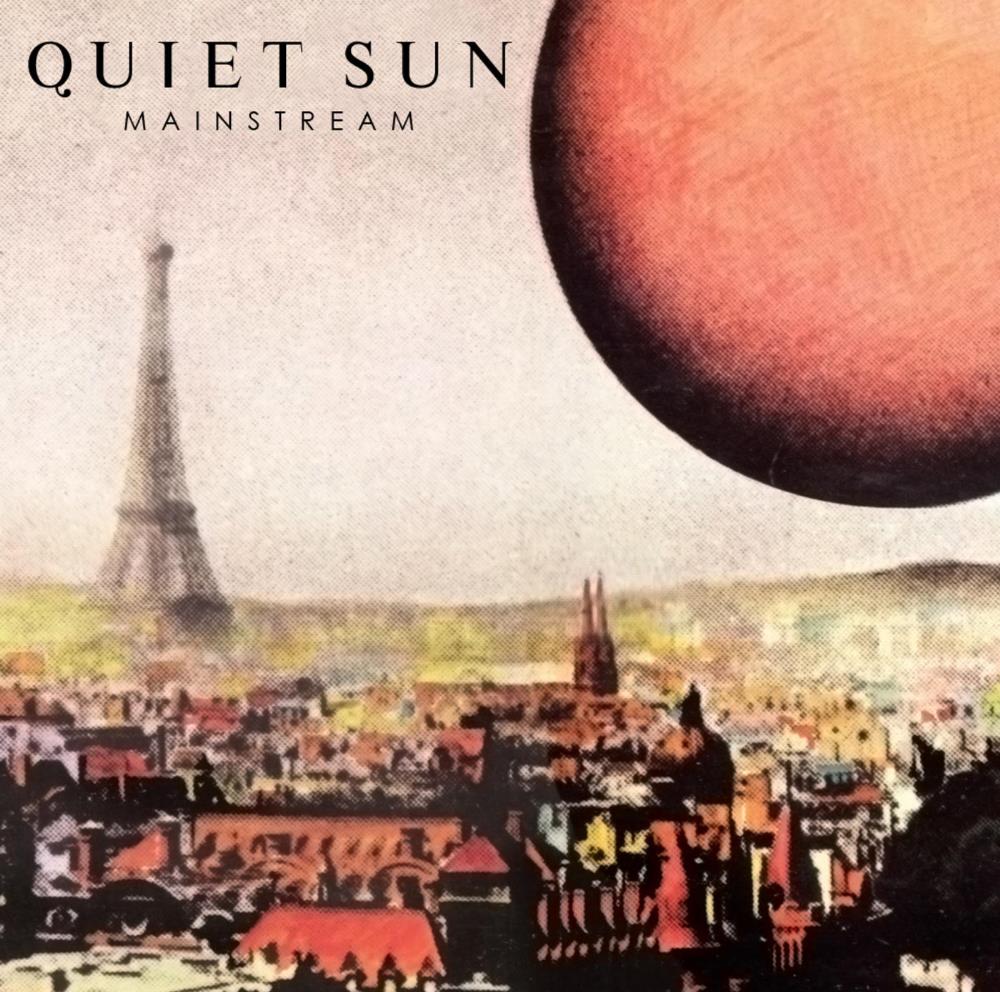
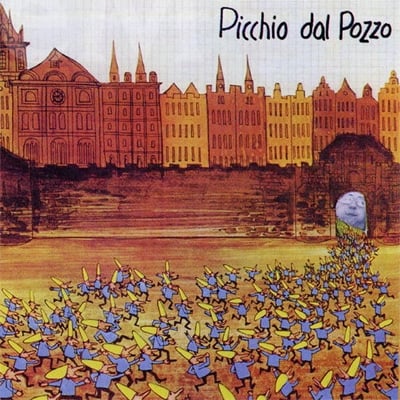
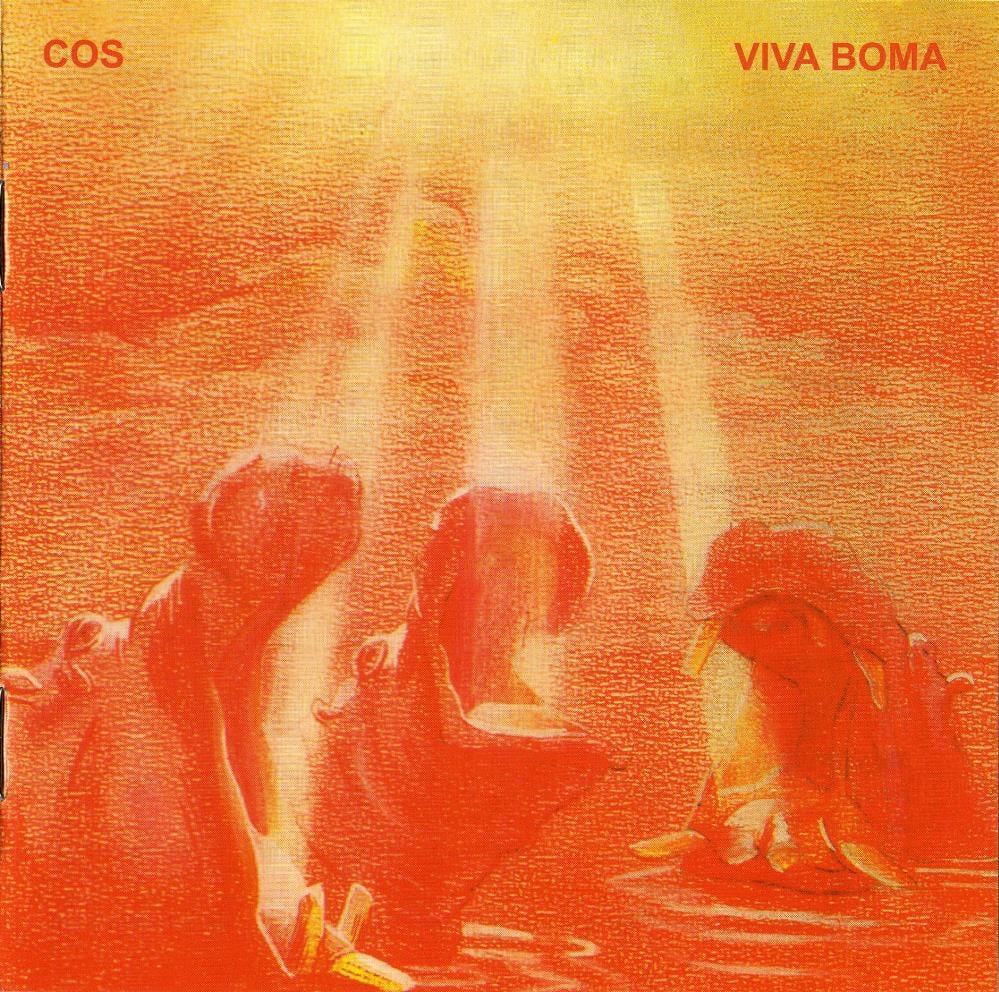
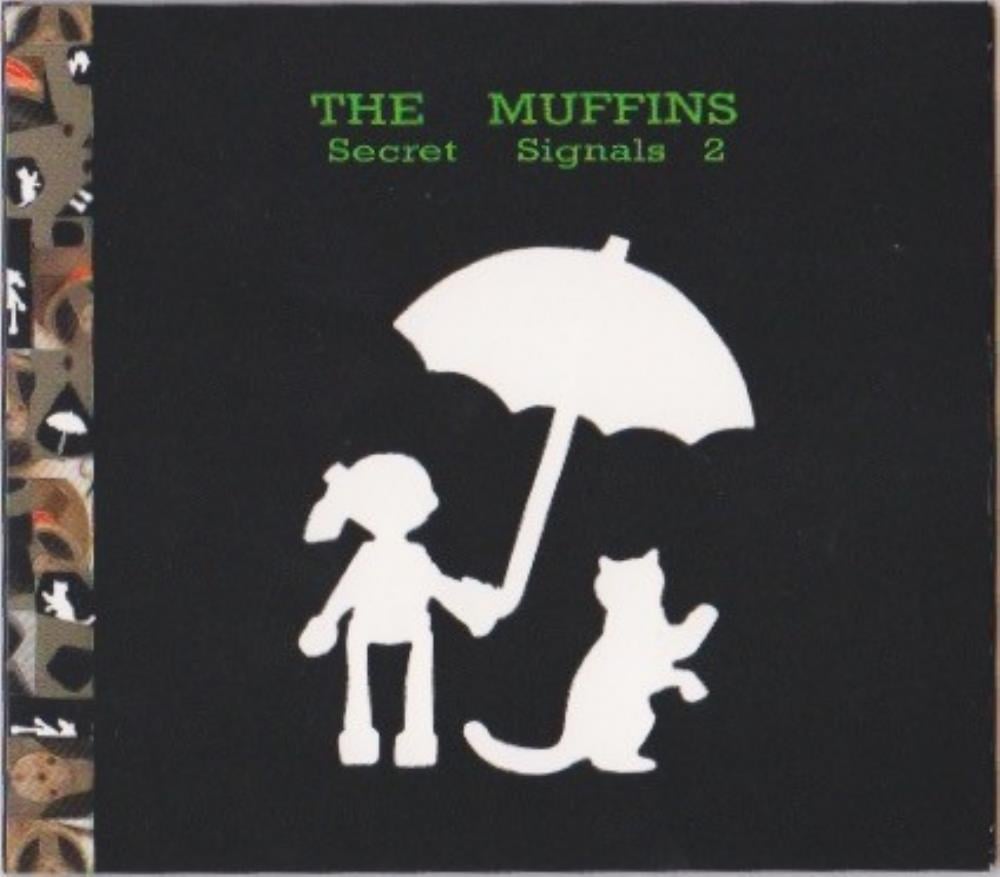
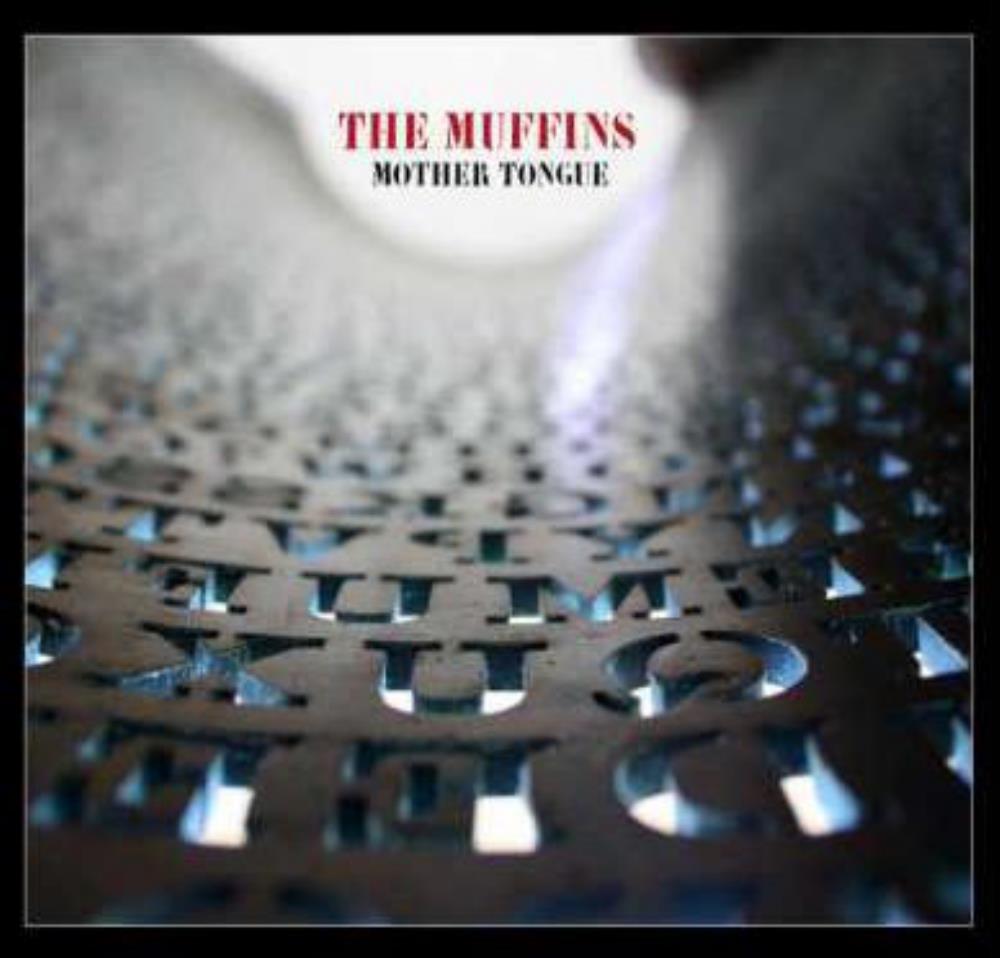
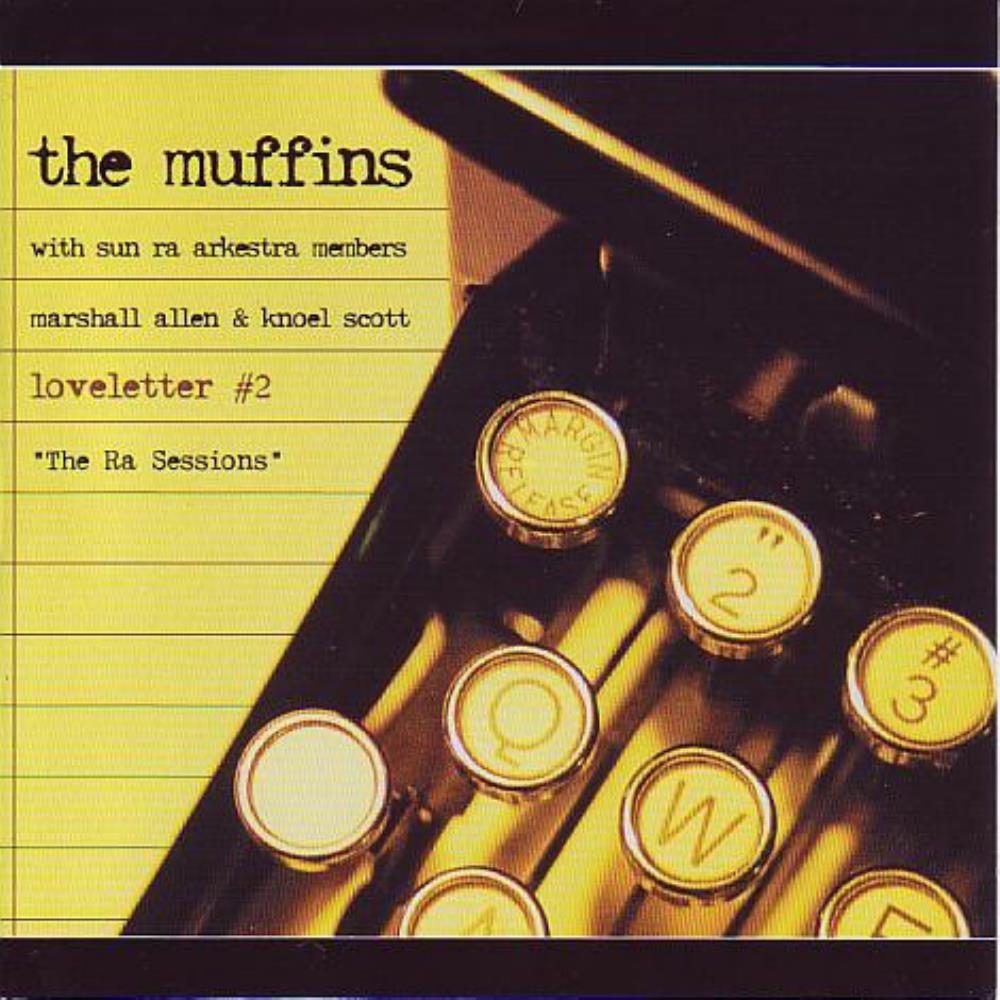
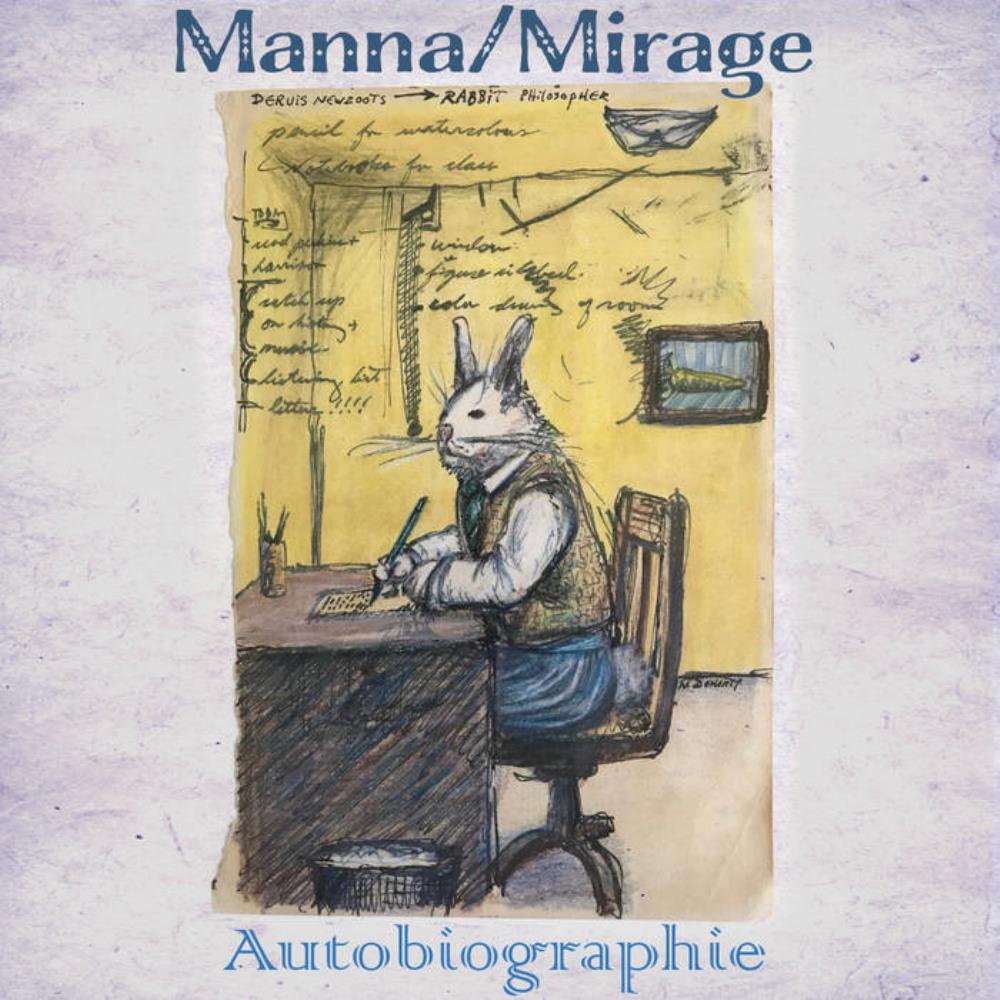
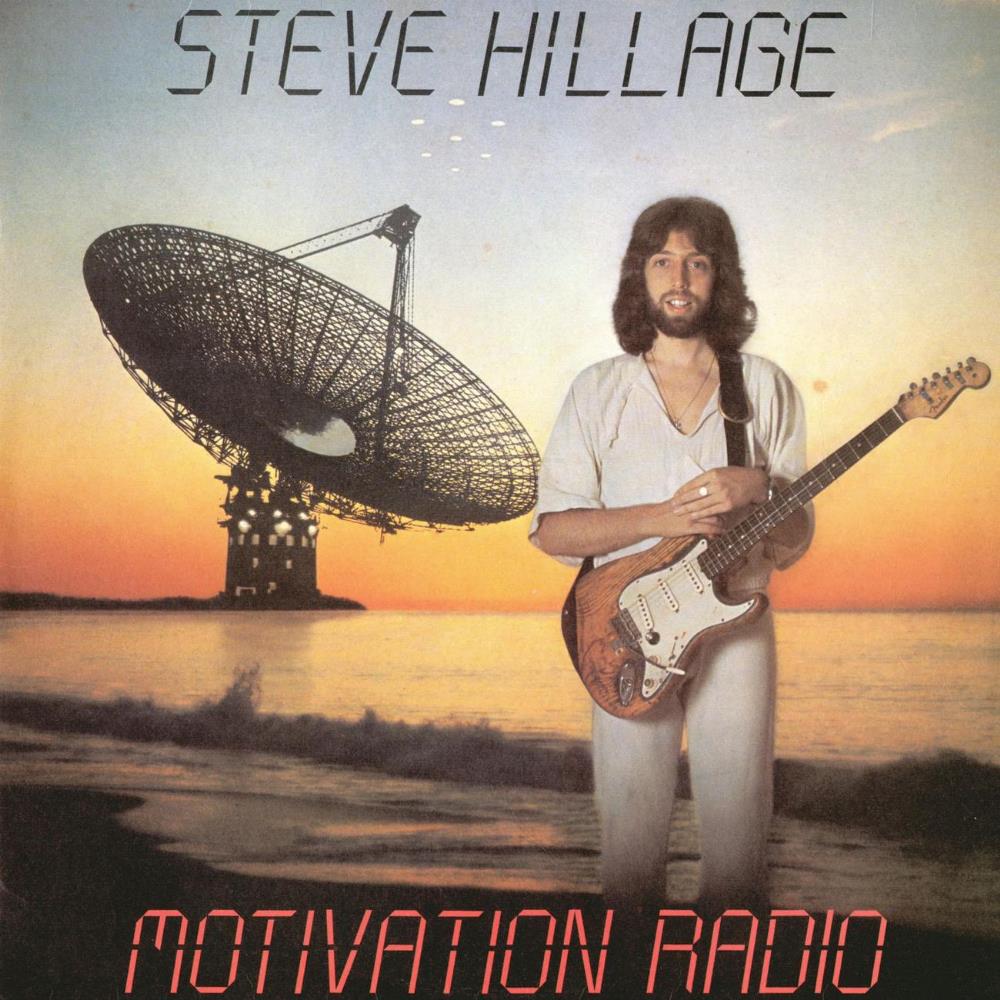
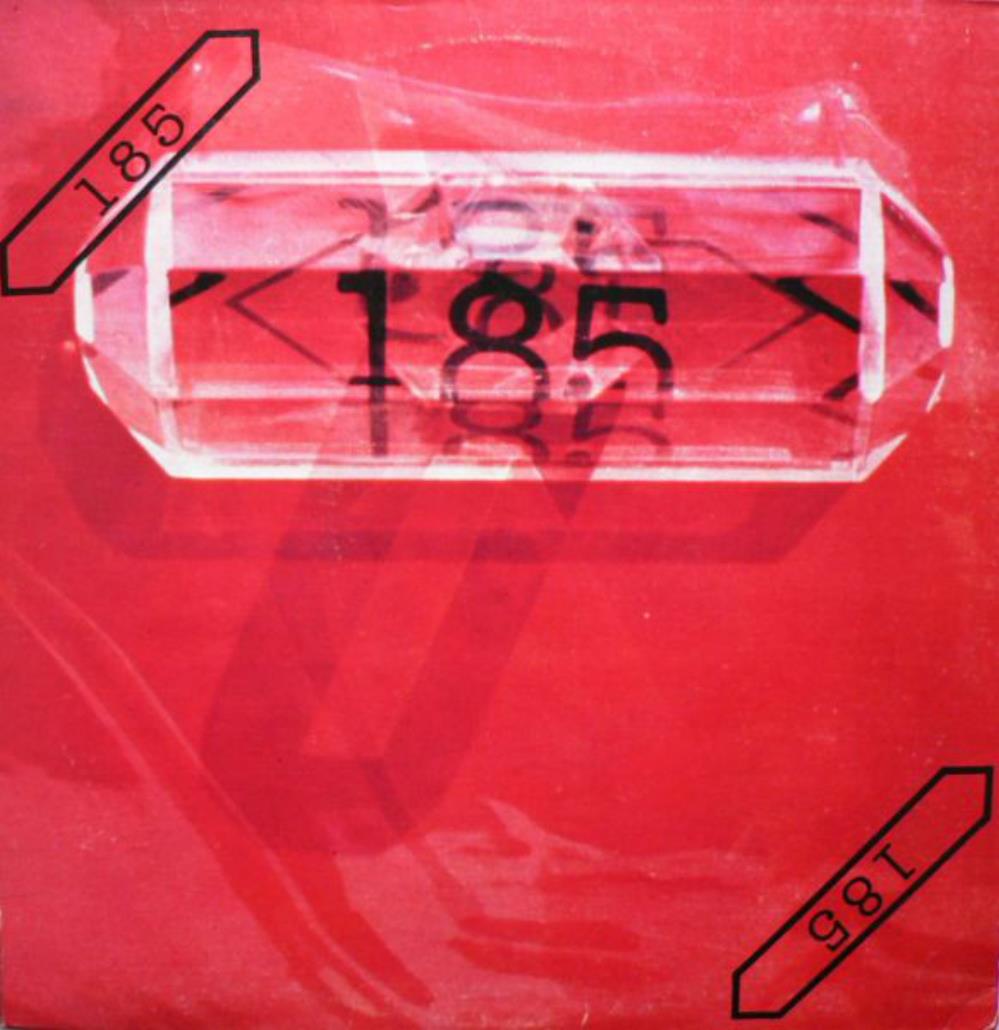

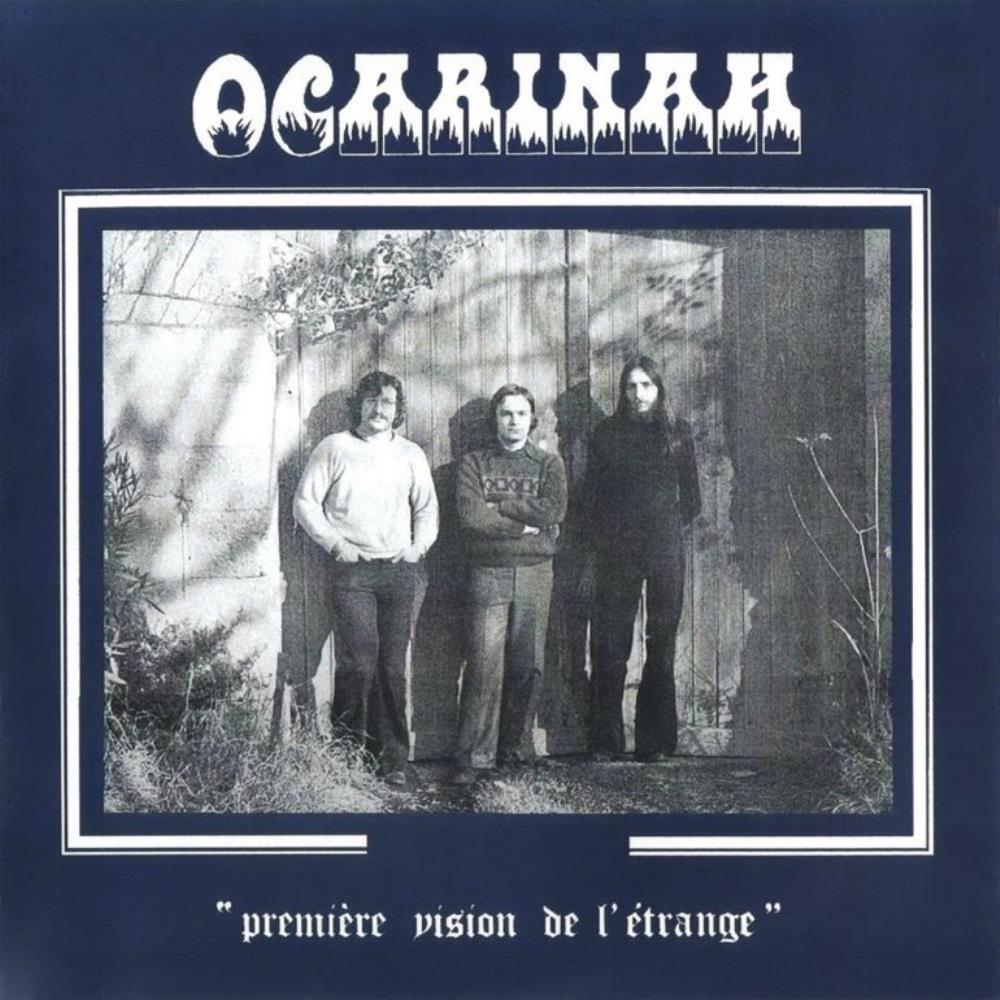
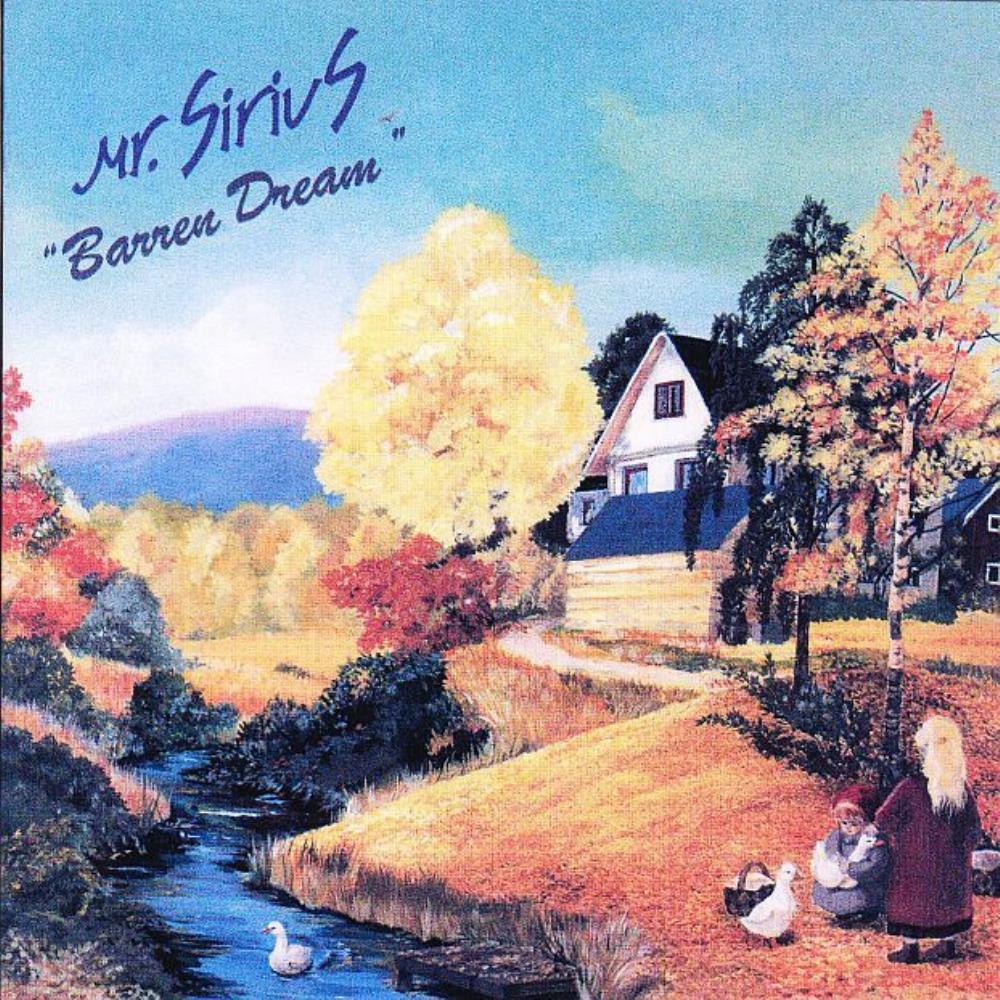
 |
|